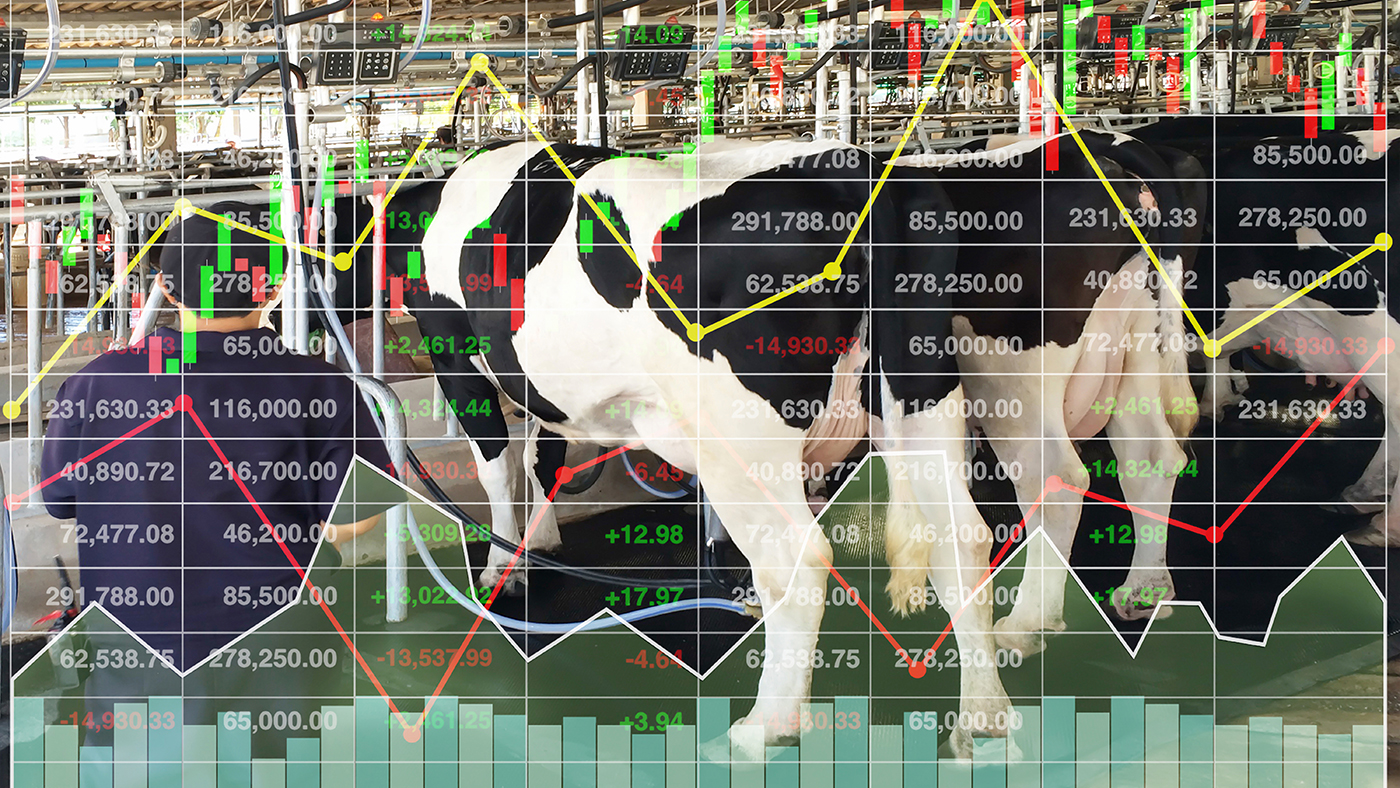After some fireworks late last week due to the back-and-forth trade war escalation between China and the U.S., things have been quieter for the most part in the markets this week. China and the U.S. placed reciprocal fees on maritime shipping from each country. Garrett Toay of AgTraderTalk said it’s yet another escalation.
“It’s just an escalation of the trade war. I mean, it doesn’t really impact grains, because China is not buying any grains, but we had the tit-for-tat of China implementing that on US-borne ships. The problem is, there aren’t any U.S. ships, so it’s really a non sequitur there. But I think the biggest thing is obviously, it angered President Trump with essentially the weaponization of the Rare Earth (minerals) that caused the response from President Trump. And then, both sides spoke over the weekend, and kind of calmer heads prevailed on Sunday.”
He said the market really didn’t react to last week’s rhetoric.
“The thing is, the market really hasn’t reacted, and I don’t think for the bean market, I don’t think we will react until we see some sort of response from China, and their side is kind of radio silent. So yes, the start of the week was very quiet, not only because of the government shutdown to begin with, but then you had bank holidays as well. It was exceptionally quiet in a quiet market.”
Toay talked about what he’s watching in the soybean market.
“I’m more of a spread trader. I follow cash and spreads so that, to me, it tells me more about what’s happening on the commercial side, the farmer movement, that sort of thing, and the bean spreads last week were actually kind of interesting. This market, coming into harvest, was doing everything in its power to discourage beans from coming to the market. We had wide cash carries, we had cheap basis, we had wide board-spread carries, and then the spread started to move a little bit last week, narrowing. And then I think what that did was the pipeline got a little thin. We do need beams to move, and with the spreads narrowing and basis appreciation, I mean, I think that caught the market’s attention. A lot of these markets, for example, locally, were 30–40 cents off of harvest lows on the soybean basis. Part of that is the harvest is in the last half, and when we get past that 50 percent mark, we tend to look for a market bottom, if you will.”
With the government shutdown, Toay said traders aren’t likely to assume much risk without the necessary market information.
“We’re with the government being closed, not just the USDA, but we don’t have a commitment to traders. We don’t know what the market positions are. So, I don’t think you’re getting a lot of trading. You look at the last shutdown in October, volatility really kind of collapses. Traders head for the sidelines, so I don’t necessarily think that anyone’s going to assume big risk without knowing what’s really going on in the market, as far as the internal structure. So, that lends the more quiet trade, if you will.”


